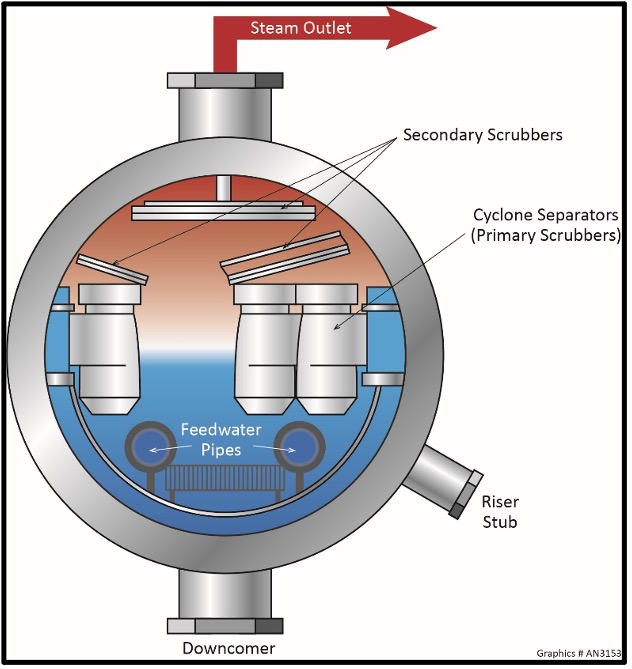30-60-90 Day Plan for New Maintenance Managers
Congratulations on your new maintenance manager role! In the first three months of employment, the ultimate goal is to make an immediate positive impact. First impressions last, so it’s crucial to have a comprehensive plan to help navigate the critical first few months on the job. The 30-60-90 Day Plan is a widely recognized methodology that assists new managers in effectively managing their transition into a leadership role. Each phase entails specific goals, objectives, and action plans tailored to the demands of the position and the organization.
30-60-90 Day Plan for New Maintenance Managers Read More »











